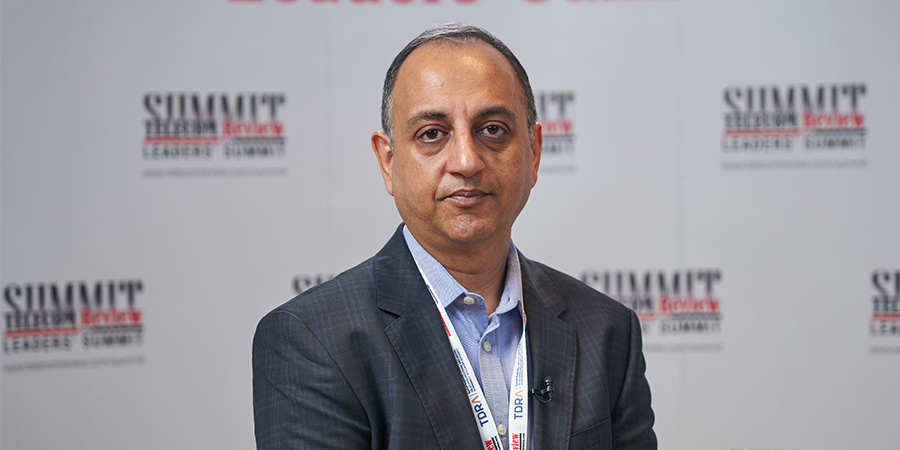Telecom Review conducted an exclusive interview with Viplob Syngal, head of business development, NEC, to discuss the Open RAN and the future of the mobile network. He highlighted the trends in NEC’s 2030 Vision. In addition, he addressed the multimodal biometric authentication solution goals as well.
You spoke about Open RAN at the Summit. How is your company helping to shape the future of mobile networks?
There are two parts of a mobile radio access network part: the baseband and the radio unit, and typically they've been supplied by the same supplier. We are trying to foster innovation and make use of cloudification and virtualization. We are disaggregating the radio access network, which means there are some components that can be developed by various suppliers and brought together, taking advantage of cloudification, virtualization and the use of Common Off The Shelf hardware (COTS).
Open RAN will lead to rapid introduction of new technologies and feature sets, and it should improve the total cost of ownership over a period. As a company, we're investing in open networks, and Open RAN is one subset of those open networks.
Seizing the future together, what trends could impact the fulfillment of NEC’s 2030VISION?
NEC aims to realize social value creation based on our Purpose. To accomplish this, we need to think deeply about how society can ensure that everyone has the chance to reach their full potential.
In our view, people find themselves in a three-layered domain, consisting of the Environment layer, the foundation for all activities; the Society layer, where national and local governments operate and economic activity takes place; and the Life layers, which covers our daily lives. Society is further subdivided into three scenarios: City, the setting for people's activities; Communication, which links people and things; and Business, which supports industry and society and provides people with a means to fulfill their purpose. Together with Environment and Life, this gave us five future visions of society to aspire to.
Now, at the end of the day, some of the trends, which are quite topical now, are how technologies come together with society to make people's lives easier, safer, and more secure. The other trend is embracing diversity, which means having a more inclusive society, international cooperation and living harmoniously with our environment. And these are the trends that we're actually working on together. And as a technology company, we want to bring all these together as part of our 2030 Vision and solve these issues.
How do you nurture NEC’s existing client base and attract more customers to utilize your offerings?
The business of NEC that I’m part of is more about dealing with the telco customers, like the service providers in the UAE, du and Etisalat. The sales cycles for the network equipment are very long; they take about 12 to 18 months to close the deal. But once we have the customers, we would like to keep them, so the salespeople that we have are sort of marathon runners who nurture these customers over a long period of time to get some big business for our company; and we work with these customers as partners to add value and hopefully get repeat business.
When it comes to getting more new customers, word of mouth typically helps. But in this environment, a lot of the customers want to do their own due diligence, they want to run their own process to identify the right technology for their use cases. So, we have to go through that race all the time.
Would you mind telling us more details on NEC’s recently launched multimodal biometric authentication solution?
NEC has been at the forefront of technologies related to biometrics, and we've been rated highly by the National Institute of Standards and Technology in the US. [This includes] Multimodal, which means you bring together, for example, IRIS recognition technology with facial recognition technology. What we've got is a system, which is very fast; it's cutting edge and can work with several complex environments or controlled environments, bringing together these different physical aspects of a human being and being able to use them together. So, in summary we bring together facial recognition technology, iris recognition technology, or even fingerprinting technology – all of that together – and rapidly process that information for identification purposes in several different use cases.
